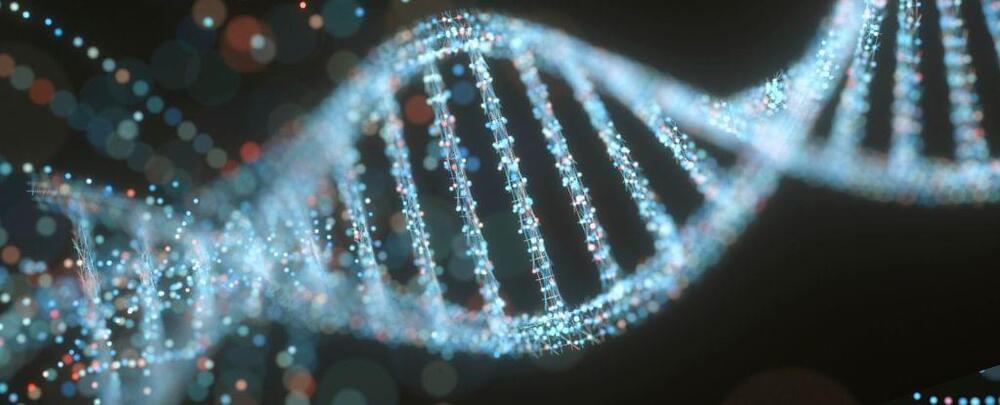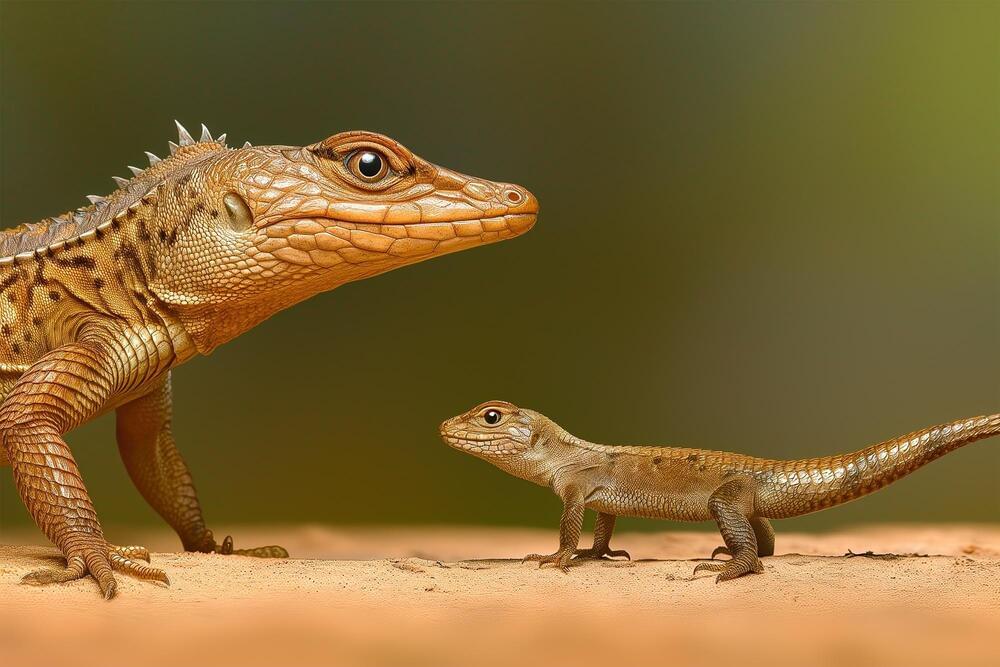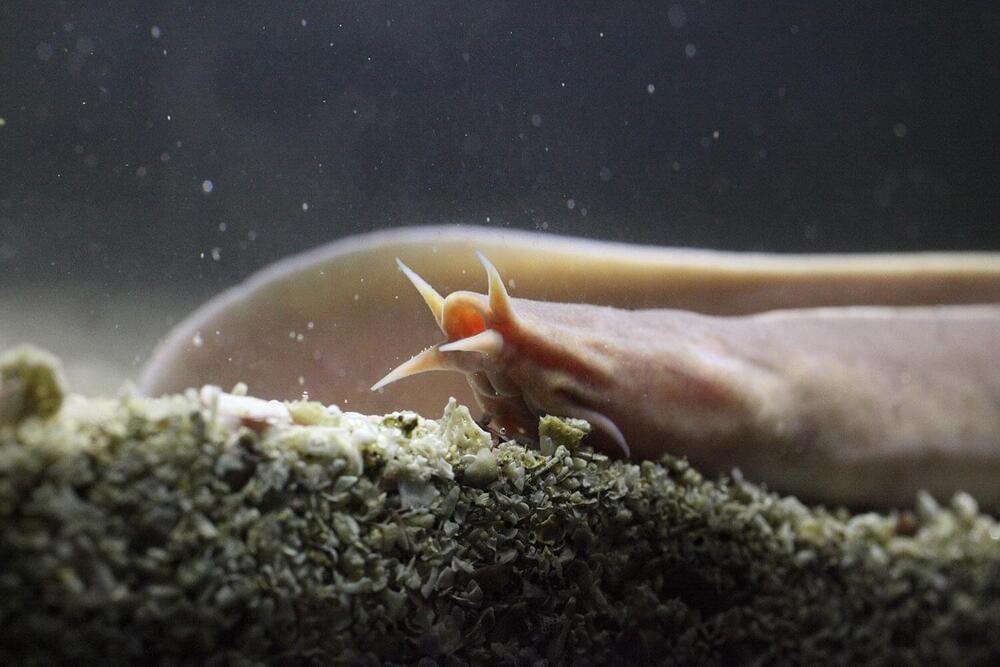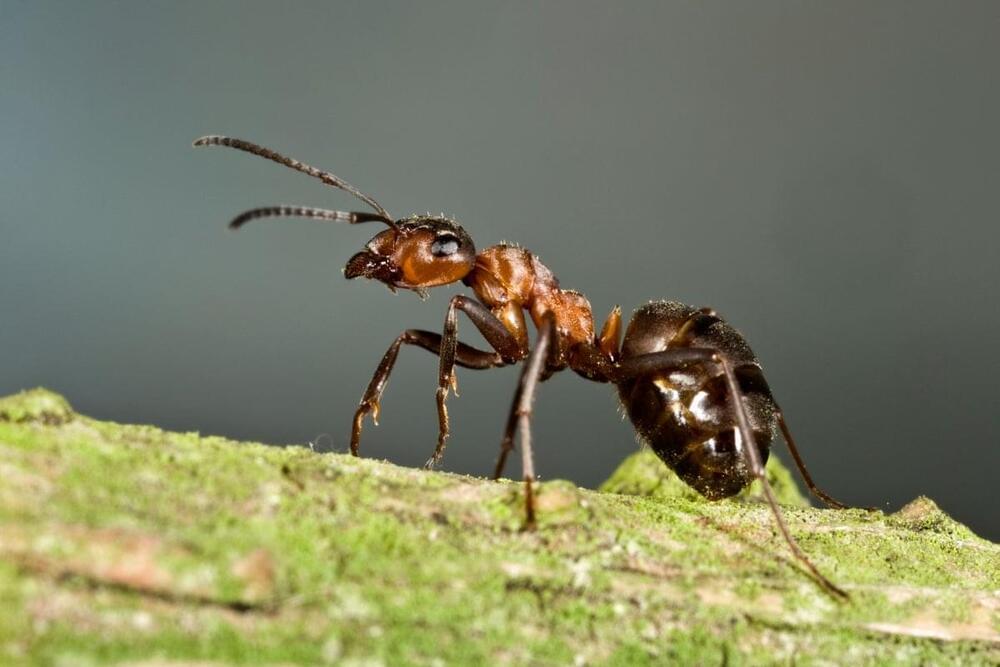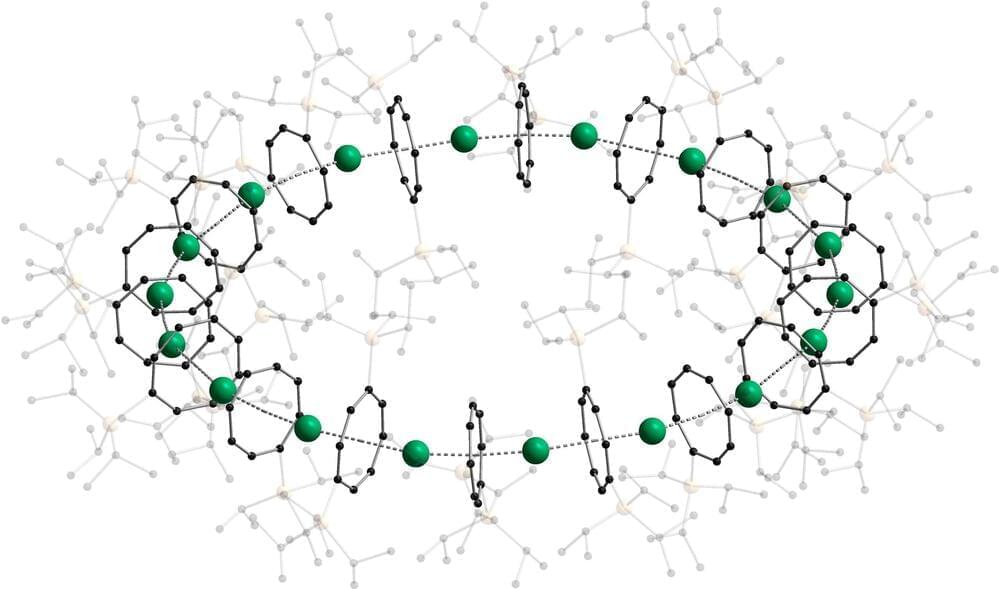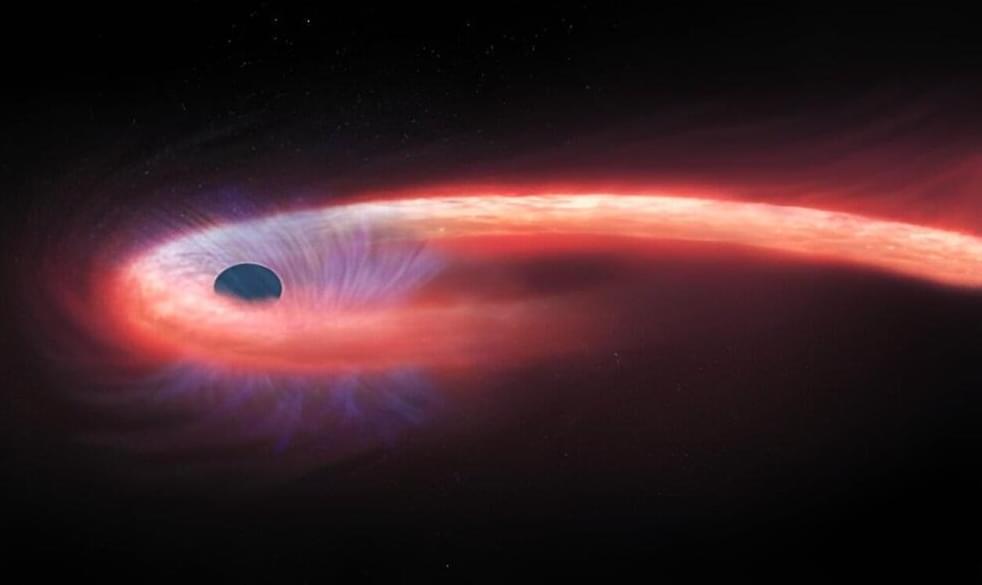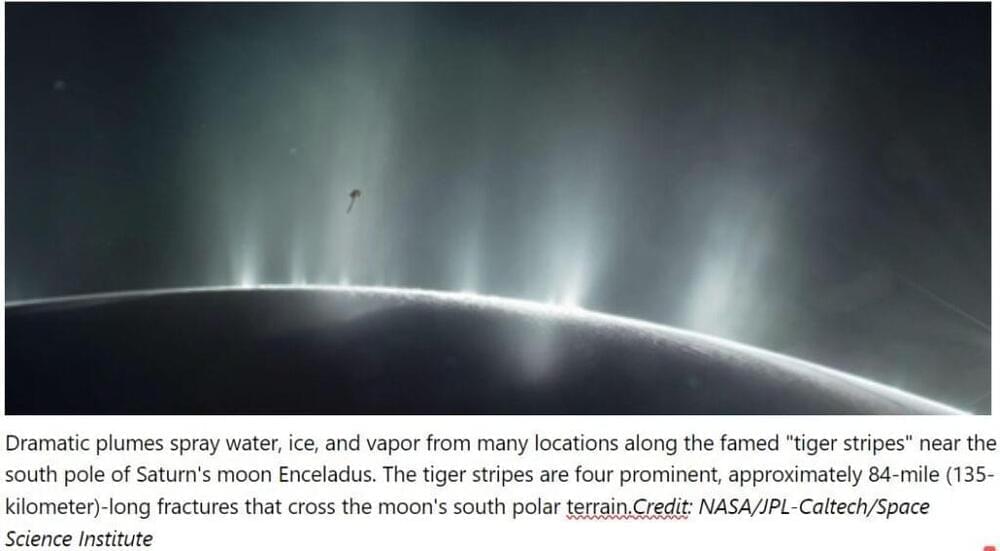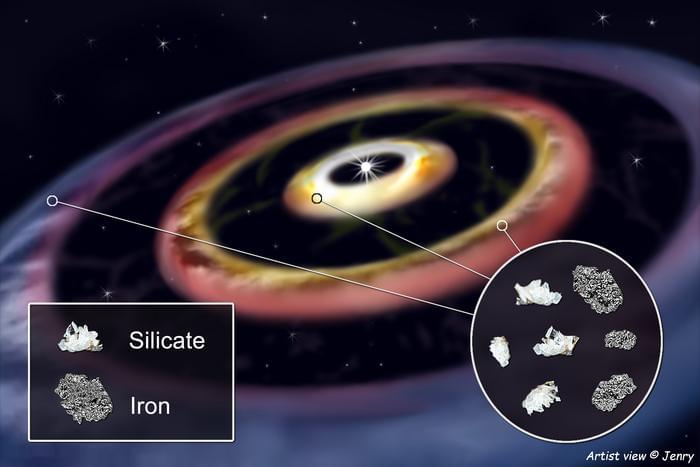Jan 20, 2024
The Forces That Drive Evolution May Not Be as Random as We Thought
Posted by Josh Seeherman in categories: biotech/medical, evolution, genetics
The random nature of genetic mutation implies evolution is largely unpredictable. But recent research suggests this may not be entirely so, with interactions between genes playing a bigger role than expected in determining how a genome changes.
It’s known that some areas of the genome are more likely to be mutable than others, but a new study now suggests a species’ evolutionary history may play a role in making mutations more predictable too.
“The implications of this research are nothing short of revolutionary,” says University of Nottingham evolutionary biologist James McInerney.
